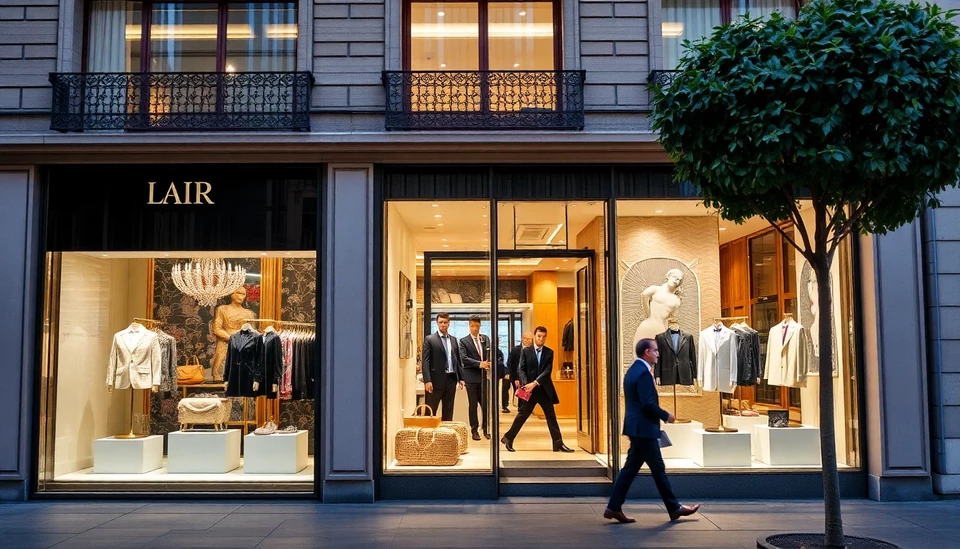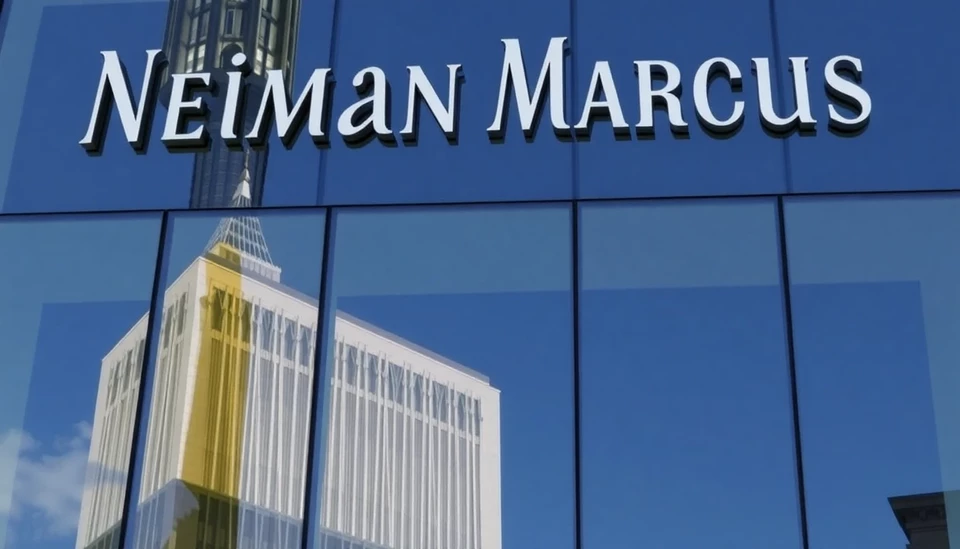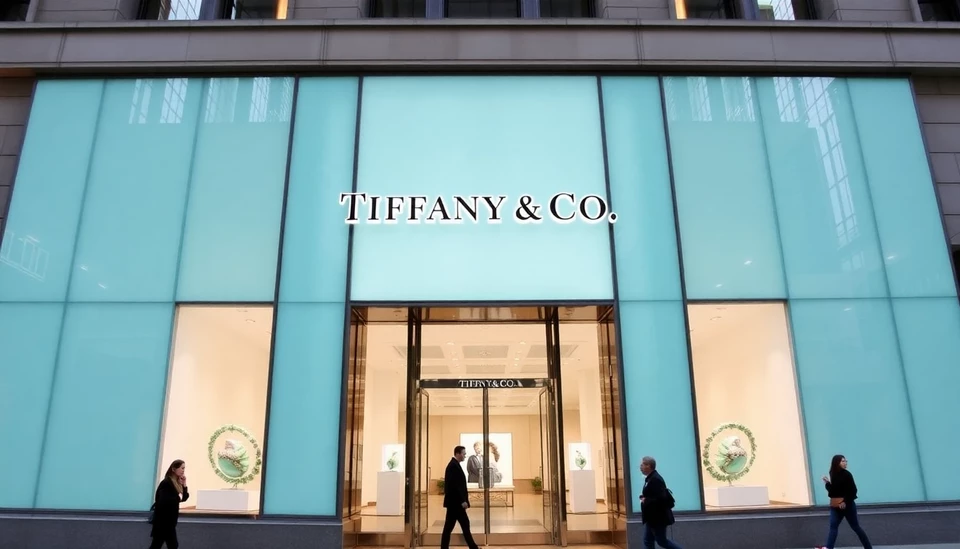
In a troubling reflection of the changing landscape of consumer behavior, luxury retail in Europe is experiencing a significant downturn. A spate of high-profile shop openings has come to an abrupt halt across the continent’s elite shopping districts as leading brands reassess their strategies amidst fluctuating demand. This trend poses questions for the future of luxury and how brands will navigate the evolving market dynamics.
Exclusive streets like the famed Rue du Faubourg Saint-Honoré in Paris, Bond Street in London, and Via Monte Napoleone in Milan have long been synonymous with luxury shopping, attracting affluent customers seeking the latest in high fashion. However, economic uncertainties, inflation concerns, and changing consumer preferences are contributing factors that are cooling off the previously thriving luxury goods market. Shoppers previously drawn to high-ticket items are now opting for more affordable luxury alternatives or foregoing purchases altogether.
Industry insiders are noting a stark contrast between the anticipated growth trajectory and the reality facing luxury brands today. A recent survey has indicated that many high-end retailers are temporarily halting expansion plans, reflecting caution as they navigate this challenging environment. Some brands that once viewed flagship store openings as integral to their growth strategy are now reevaluating the necessity of physical spaces, especially in markets where foot traffic has significantly diminished.
The evolving landscape is forcing luxury retailers to innovate and adapt, as they contemplate alternate distribution methods beyond traditional storefronts and explore digital avenues more aggressively. Social media platforms and e-commerce have emerged as essential channels, allowing brands to engage with potential customers directly without the constraints of brick-and-mortar locations.
While the current climate poses challenges, experts suggest that the luxury sector is resilient and that strategic pivots could reestablish growth in the future. Enhancing the customer experience through exclusive online content, personalized services, and targeted marketing campaigns may prove vital in cultivating loyalty and driving sales amidst changing purchasing habits.
As major luxury brands confront these challenges, stakeholders are left to ponder how much of the recent slump is a short-term reaction to economic pressures versus a long-term shift in consumer sentiment. This ongoing evolution signifies a potentially transformative phase for luxury retail, with implications reaching far beyond just sales figures.
As the market continues to unfold, one thing remains clear: the luxury landscape, as we know it, is undergoing a significant reformation that demands new strategies and an openness to adapt.
As we navigate this crucial transitional period, the fate of Europe’s luxury shopping streets hangs in the balance, weighing heavily on the industry’s ability to respond dynamically to an increasingly uncertain economic backdrop.
In summary, Europe's premier shopping avenues are at a crossroads, with the luxury sector adjusting to new realities. How brands respond to these challenges will determine not just their immediate fortunes but the future of luxury shopping in the region.
#LuxuryRetail #ShopClosures #ConsumerBehavior #LuxuryBrandStrategies #Ecommerce #RetailTrends #EconomicChallenges #LuxuryShopping #LuxuryMarketResilience
Author: Victoria Adams




